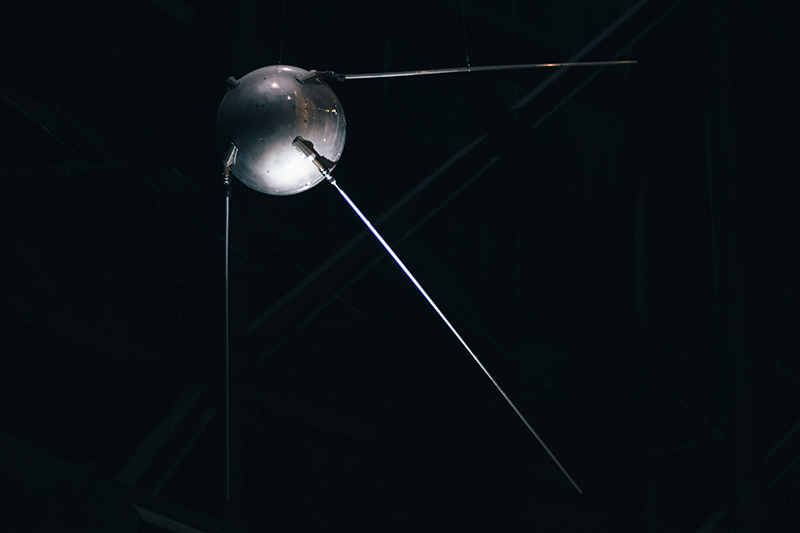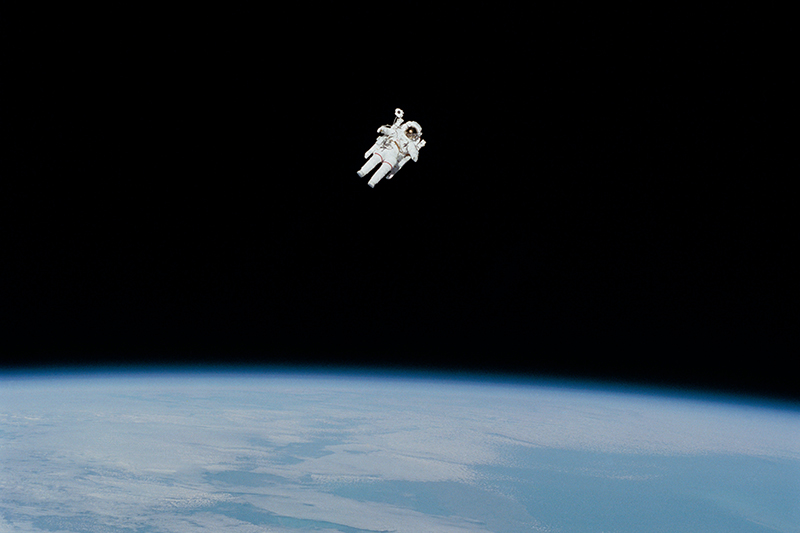Space exploration is currently one of the greatest expressions of human intelligence, in the sense that now we not only move governed by the force of gravity that keeps us on the ground, but we already have machines with enough power to beat it, overcome escape velocity and enter deep space. The development of astronautics has allowed us greater scientific advances. Research and a globalization of information, especially with 'communications satellites', which are connecting us with the whole world, as if by magic. By way of history, in the first satellite launches there was a well-known rivalry between the United States and the former Soviet Union (USSR) to have the upper hand in the space race.
Since the launch of Sputnik I, on October 4, 1957, an unstoppable scientific and technological revolution began. Space was within our reach, technology allowed us to cross the boundaries of our atmosphere and it was only a matter of time until Yuri Gagarin, Alan Shepard and a series of new and ambitious manned and unmanned space programs culminated in the iconic landing of the Eagle on the Moon and will make Apollo XI famous.

Scientific advances
The USSR surpassed its rival in America by putting the first artificial satellite into orbit, Sputnik I (10-04-1957). Sputnik circled the globe every 96.2 minutes and, due to the Earth's rotation, flew over all continents and almost all inhabited areas. No Westerner, in that era of haunting war, could help but feel that he had lost the skies to the enemy.
A month later, Sputnik 2 was launched, weighing half a ton and putting the first living creature into orbit, a dog named Laika, which indicated Russia's intention to soon send a man into space.

Shortly after the launch of Sputnik 2, the Americans tried to place a Vanguard satellite into orbit; On April 12, 1961, cosmonaut Yuri Gagarin would put a human being into orbit for the first time. The US, meanwhile, managed to put Explorer I into orbit (01-31-1958); Later, on 03-17-1958, the Americans put Vanguard I into orbit, somewhat smaller than the Explorer, which flew at 400 km. of our atmosphere. Man continued to be interested in space and the possibility of exploring it in detail; Thus many space programs arose that would take men into space, including Apollo, which in 1969 would allow Neil Armstrong and Edwin Aldrin to walk on the Moon. From there, astronautics continues to enchant us with machines like the Space Shuttle, which have later given way to more modern ships, like those from SpaceX.


